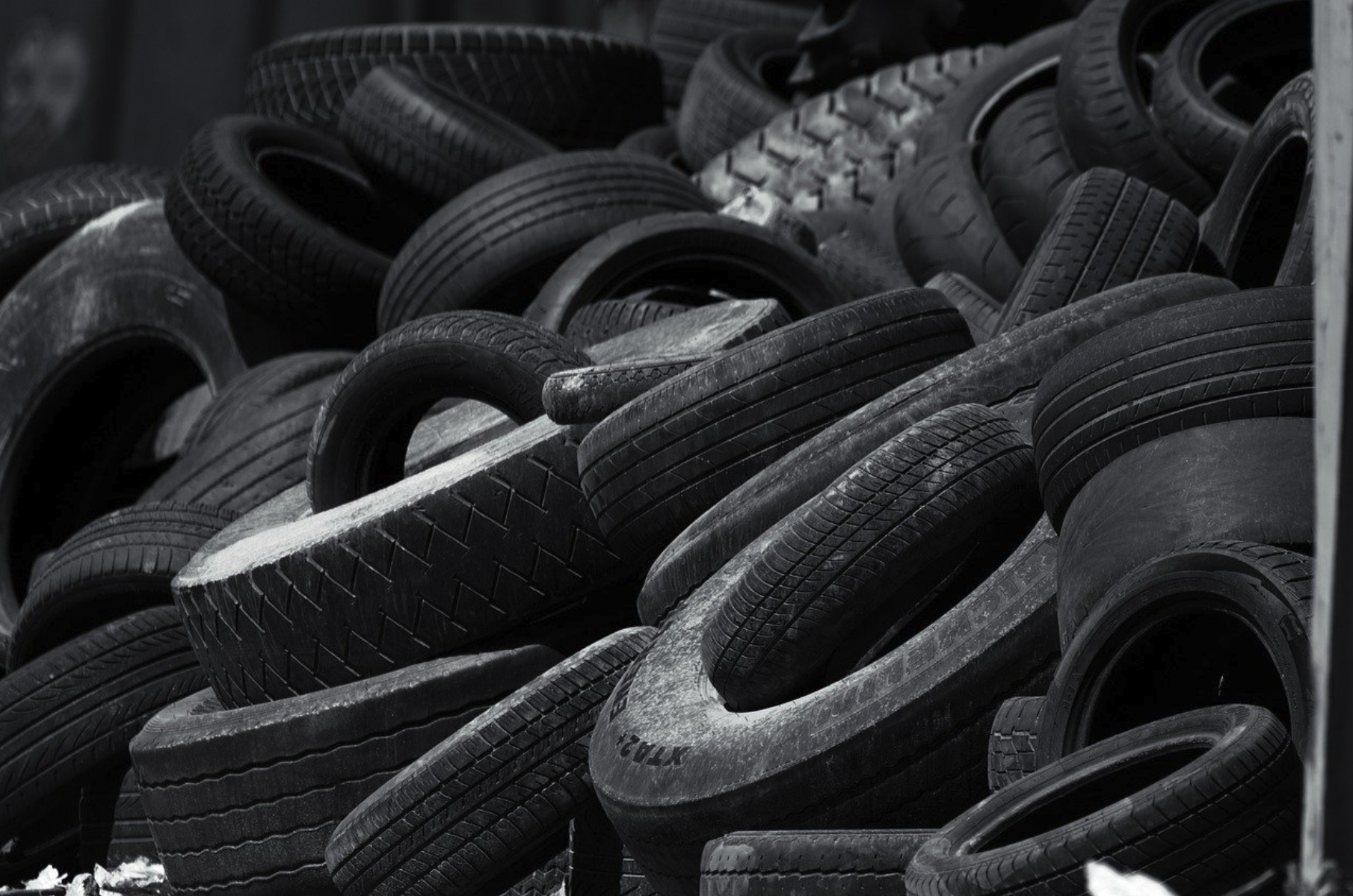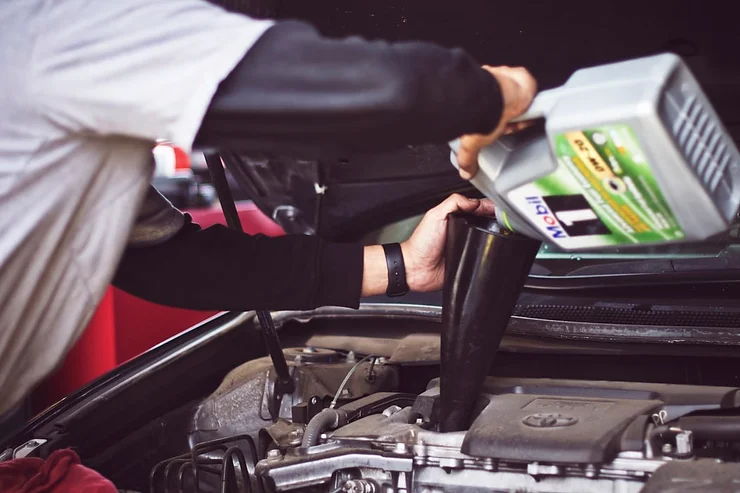Tyre recycling involves the process of recycling waste tyres that are no longer fit for use on vehicles due to wear or irreparable damage. Since tyres are banned from landfill sites, it’s estimated that 1 billion tyres reach the end of their life each year. Fortunately, nearly 100% of waste tyres are recovered and recycled in some form.
Both manufacturers and end-of-life users are legally responsible for disposing of waste tyres responsibly. Vehicle manufacturers and tyre dealers must ensure that any waste products are recovered and handled by a registered waste carrier, even after leaving the business premises.
Waste tyres must be stored correctly following strict regulations to prevent environmental hazards. Tyre fires can release harmful chemicals and hazardous waste, posing significant risks to people and the environment. Detailed fire risk assessments are conducted to prevent fires, and coordination with local authorities and regulators ensures best practices are followed.
Recycling tyres helps reduce the need for new materials, conserving natural resources for future use. It also prevents pollution caused by tyres being dumped in landfills, lakes, streams, and woodland areas. Additionally, tyre recycling saves a significant amount of energy that would otherwise be used in manufacturing new tyres, ultimately reducing greenhouse gas emissions.

After steel and other excess materials are removed from end-of-life tyres, the rubber is shredded and ground into a new material called crumb rubber. This material can be used for various applications, such as:
- Playground flooring
- Carpet underlay
- Rubberised asphalt for road surfaces
- Speed bumps
- Mudguards for vehicles
- Welcome mats
When your tyres are at the end of their life, make sure to recycle them. By doing so, you’re contributing to environmental conservation and sustainability.











